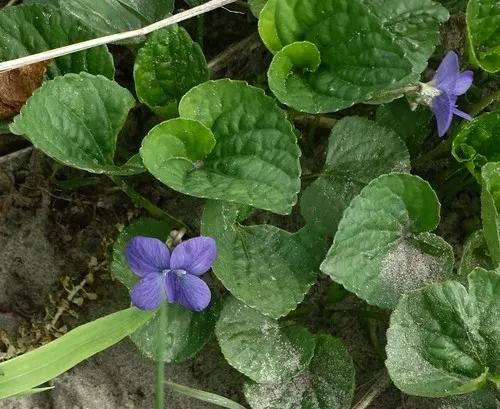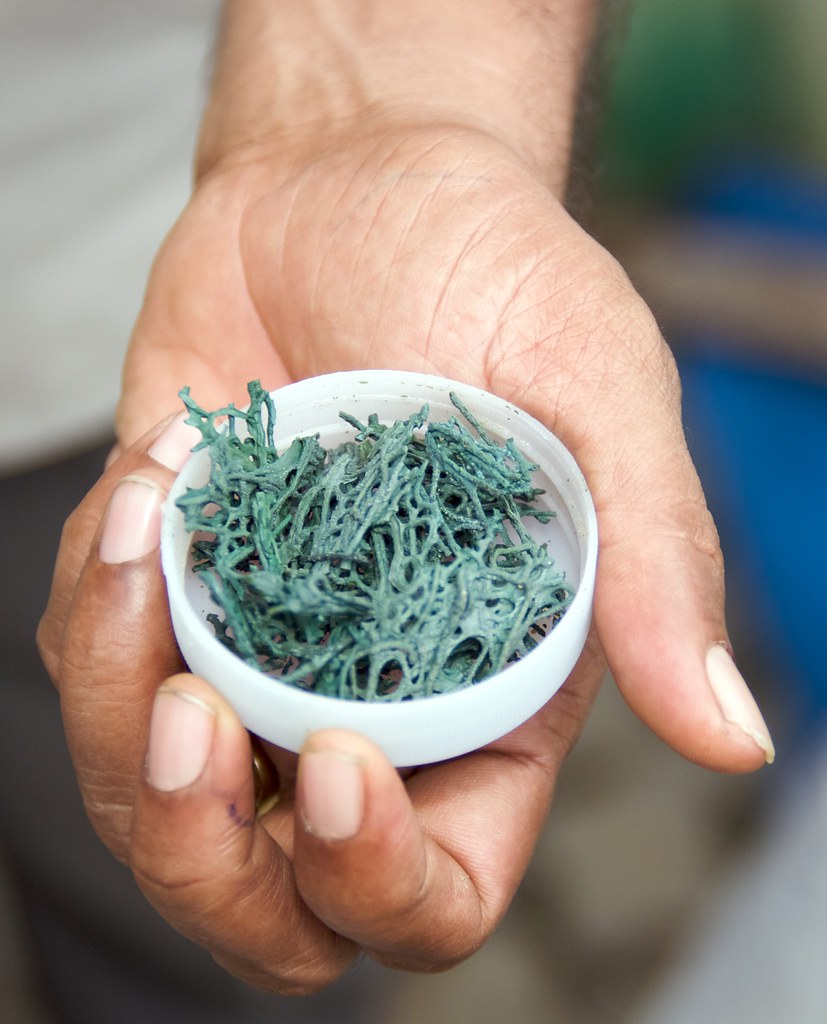Disclaimer: This Materia Medica is provided for informational purposes only and should not replace professional medical advice. Please consult with a qualified healthcare practitioner or herbalist before using any herbal remedies.
Title: Violet Leaf (Viola odorata) – A Comprehensive Materia Medica
Introduction: Violet leaf, scientifically known as Viola odorata, is a remarkable herbal remedy that has been cherished for centuries for its numerous therapeutic properties. As a professional herbalist, I am pleased to provide an exhaustive Materia Medica for violet leaf, highlighting its botanical characteristics, historical uses, constituents, medicinal actions, preparation methods, and dosage recommendations.
Botanical Description:
- Violet leaf is a low-growing perennial herbaceous plant belonging to the Violaceae family.
- It typically reaches a height of 3-6 inches and spreads through underground rhizomes.
- The heart-shaped leaves are dark green and have a characteristic violet scent when crushed.
- Delicate, five-petaled, purple-blue flowers appear in early spring, making it a favorite in gardens.
Historical Uses:
- Respiratory Health:
- Violet leaf has a history of use for treating respiratory conditions such as coughs, bronchitis, and asthma.
- It is believed to help soothe irritated respiratory passages and reduce inflammation.
- Skin Conditions:
- Violet leaf poultices were historically applied topically to treat skin conditions like eczema, psoriasis, and acne.
- Its anti-inflammatory and emollient properties are thought to support skin health.
- Lymphatic Support:
- Violet leaf is considered a lymphatic tonic and has been used to aid lymphatic congestion and swollen lymph nodes.
- Cough and Sore Throat:
- Infusions of violet leaf have been used as a soothing remedy for coughs and sore throats.
Constituents: Violet leaf contains various bioactive compounds, including:
- Mucilage
- Flavonoids (such as kaempferol and quercetin)
- Salicylic acid
- Saponins
- Tannins
- Alkaloids
Medicinal Actions:
- Demulcent: Violet leaf’s mucilage content imparts a soothing, demulcent action, making it beneficial for dry, irritated tissues.
- Anti-inflammatory: Its anti-inflammatory properties can help alleviate inflammation in various conditions.
- Lymphatic support: It aids in promoting healthy lymphatic circulation.
- Expectorant: Violet leaf may help loosen and expel mucus from the respiratory tract.
- Vulnerary: Topical applications can assist in wound healing and skin conditions.
Preparation Methods:
- Violet Leaf Infusion:
- Use 1-2 teaspoons of dried violet leaves per cup of hot water.
- Steep for 10-15 minutes, then strain.
- Drink up to three cups daily for respiratory or lymphatic support.
- Violet Leaf Poultice:
- Crush fresh violet leaves and apply directly to affected areas for skin conditions or swelling.
- Violet Leaf Salve:
- Infuse dried violet leaves in a carrier oil (e.g., olive oil) for several weeks.
- Strain the oil and mix it with beeswax to create a healing salve for skin issues.
Dosage Recommendations:
- Consult with a qualified herbalist or healthcare professional for personalized dosing recommendations.
- Generally, doses may range from 1-3 cups of violet leaf infusion daily or as needed for topical applications.
Precautions:
- Violet leaf is generally considered safe when used as directed.
- Allergic reactions are rare but possible, especially in individuals with a history of allergies to plants in the Violaceae family.
- If you are pregnant, nursing, or taking medications, consult a healthcare provider before using violet leaf.
In Conclusion: Violet leaf, with its rich history and diverse therapeutic actions, holds a special place in herbal medicine. As a professional herbalist, I recommend exploring its benefits under the guidance of a qualified practitioner to harness its healing potential safely and effectively. Always prioritize individualized care and consult with a healthcare professional when in doubt.






